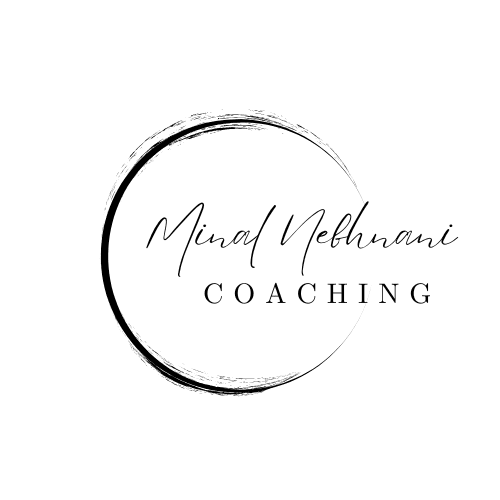If the last few weeks taught us anything, it’s this: executive presence isn’t about loud voices, perfect English, or staying late at the office. It’s about how people experience you, especially under pressure.
For first- and second-generation professionals (the first in your family to build a career here or the child of immigrants balancing two cultures), this can feel especially tricky. Many of us grew up hearing: “Work harder, keep quiet, and don’t rock the boat.” But presence isn’t built on overwork, it’s built on intentional, grounded action that you can practice in the everyday moments that make up your workday - not just in boardrooms or during presentations.
Here’s a quick refresher of what we’ve covered in previous newsletters (with links to those newsletter):
Make the pause your power move – Use “micro-resets” before meetings or conversations to show up intentionally. (Read more about that here.)
Clarity in everyday interactions – Short, clear messages and updates build credibility. (Read more about that here.)
Reputation check– Align self-perception with trusted feedback to strengthen how others experience you. (Read more about that here.)
Energy management through strategic stillness – Block white space for rest, reflection, and recalibration. (Read more about that here.)
These simple practices are foundational. But let’s take it further.
Here are four new ways to practice presence that you can start today:
Here’s an example: Anika, a Senior Product Manager at a fast-growing tech company, noticed her team often talked over each other in meetings. Instead of offering solutions immediately, she started asking, “What would be the impact if we tried this approach?” This encouraged dialogue, made her appear measured and thoughtful, and subtly shifted the team to look to her for direction.
Take Luis for example. Luis, an Operations Lead managing cross-functional projects, noticed two colleagues clashing during a client call. Instead of ignoring it, he calmly said, “I see there’s a difference of opinion. Let’s hear both perspectives and see where we can align.” The conversation stayed professional, and people started recognizing him as someone who could navigate tricky situations gracefully.
Meet Mei, a Senior Product Manager at a global SaaS company. Mei just completed a complex project with her team. In a status update, she simply summarized: “We delivered the project ahead of schedule, and client feedback highlighted X, Y, Z results.” By reporting results clearly, she highlighted her leadership without overselling herself, her contributions, or her impact.
Dave, a Finance Manager at a Fortune 500 firm, realized he often zoned out during long meetings. He started straightening out his posture and summarizing points out loud: “So what I’m hearing is…” This small act made others feel heard, and he started to be perceived as calm, engaged, and reliable.
Small, deliberate actions add up. As I’ve said a million times before, building and maintaining executive presence is NOT about being the loudest in the room. Presence is cumulative - pausing, clarifying, asking questions, addressing tension, owning wins, and being super intentional with your body and your words all display confidence without force.
I’d love to hear how it goes or what questions come up as you try this in real time. Drop me a quick note or reply to this email. I read every message. Let’s rise together.
See you next week!
Minal
👋🏽 Hi! I’m Minal - a Career Success & Leadership Coach for 1st & 2nd gen professionals (the first in your family to build a career here or the child of immigrants balancing two cultures). I help you move past outdated work advice, communicate with confidence and clarity, and show up as the strong, credible leader you are so that you can FINALLY earn the promotions and pay you’ve already earned without burning out, switching jobs, or pretending to be someone you’re not.
🔥 If today’s issue hit home, subscribe below and share it with one friend who’s done playing small and ready to rise too. Let’s make this movement bigger - one confident professional at a time. 👇🏽

